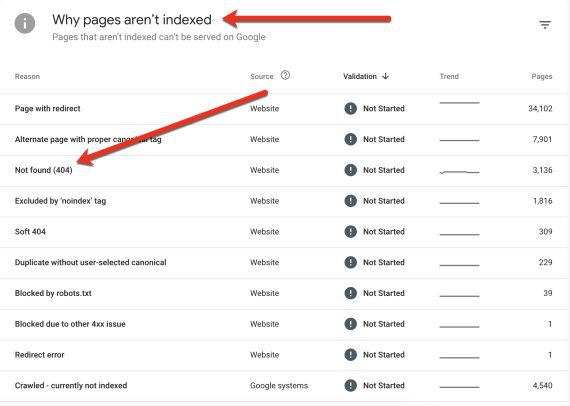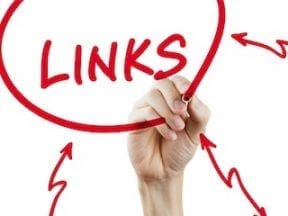“404” is the HTTP status code denoting a page no longer exists, due typically to an error such as a broken or incorrect link. A common question among search optimizers is whether 404 errors convey negative ranking signals for the overall site.
The answer depends on the circumstance.
404s: No Impact
For starters, a 404 error is not a direct ranking signal. Broken pages do not impact sitewide rankings in Google search results. Former Google Webmaster Trends Analyst Susan Moskwa confirmed this in 2011. She called 404 errors a natural web occurrence that search engines are aware of.
She also stated that Google prefers 404 status codes (or 410s for pages intentionally removed) because they signal clearly the page is unavailable.
Google’s Search Console guidelines also address 404s, stating they “won’t impact your site’s search performance.”
Nonetheless, keep an eye on the Search Console “Pages” report, which includes unindexed URLs and the reasons, such as 404 status codes. (The report lumps 410 codes with 404s.)

The “Pages” report in Search Console includes unindexed URLs and the reasons, such as 404 status codes. Click image to enlarge.
When reviewing Search Console’s list of 404s, confirm:
- You intended for the pages to be removed.
- No internal links point to those pages, as broken links frustrate users (potential buyers). To verify, click the 404 page in the list, then “Inspect URL” to the right. Make sure Google detects no referring sitemaps or pages.
Web crawlers can also identify internal links to deleted pages.
Harm from 404s
Deleted pages with internal and external links can harm rankings because no link equity is passed. Checking broken links and deleted pages should be a first step in diagnosing organic traffic drops.
Use platforms such as Ahrefs or Semrush to find backlinks pointing to error pages on your site. Semrush’s tool is located in the “Backlink Audit” section:
- Type your domain.
- Go to the “Backlink Audit” in the right-hand panel.
- Click “Indexed pages.”
- Check the box that says “Broken links.”
The report is sorted by the number of domains linking to each broken page. Ahrefs’ option is similar.
Options for saving equity from backlinks to deleted pages are:
- Reinstate the page and its internal links.
- 301-redirect the page to another internal page. Google will pass link equity through a 301 only if the destination page’s content is identical or very similar to the deleted version.




